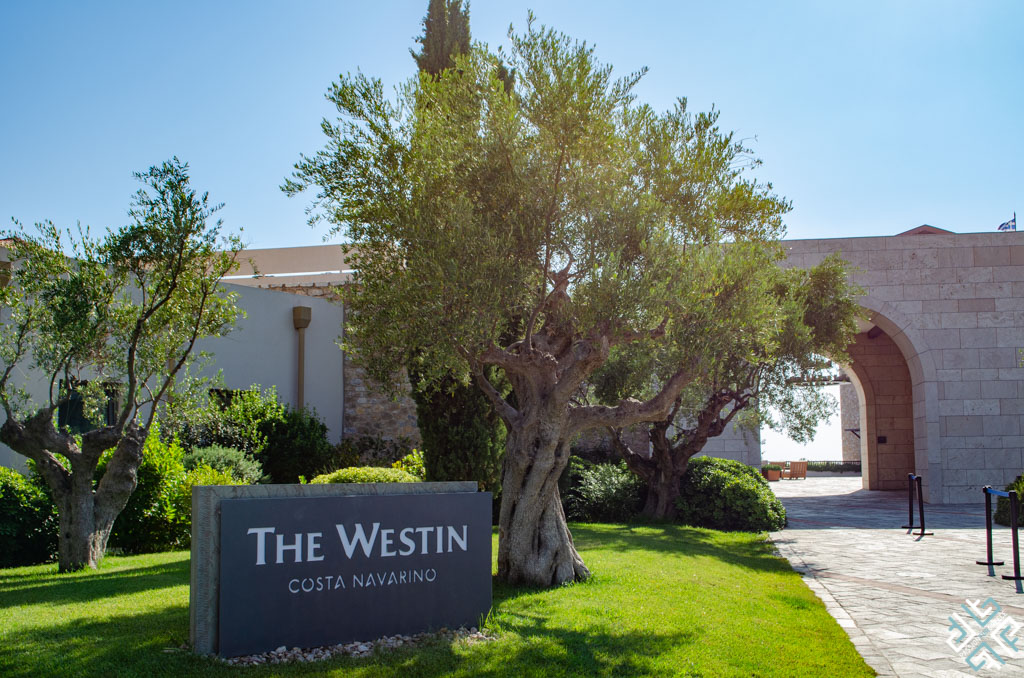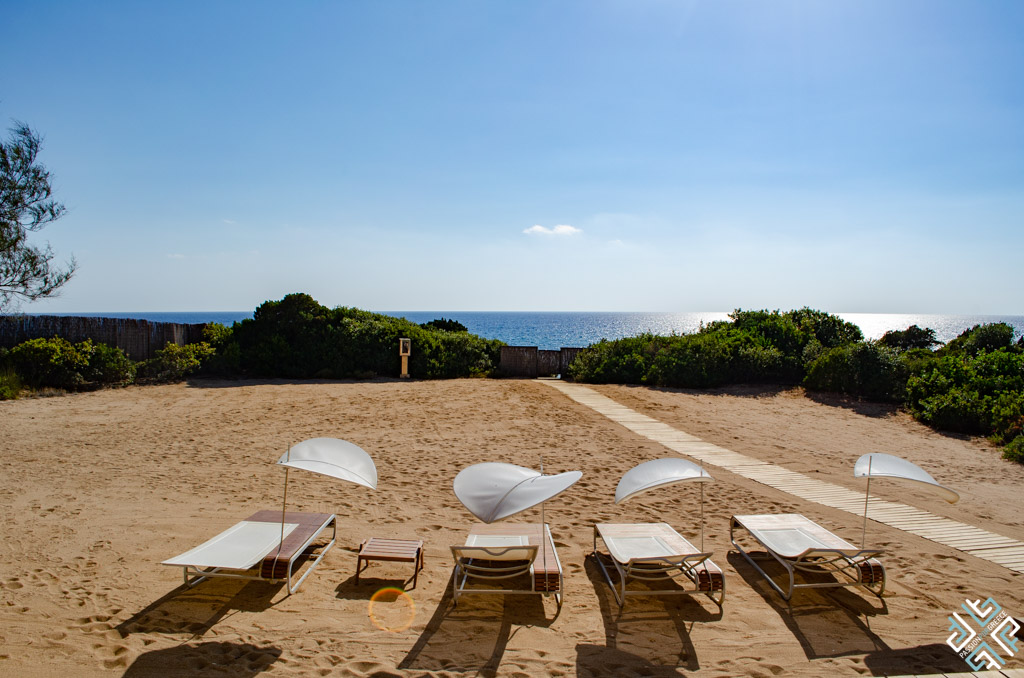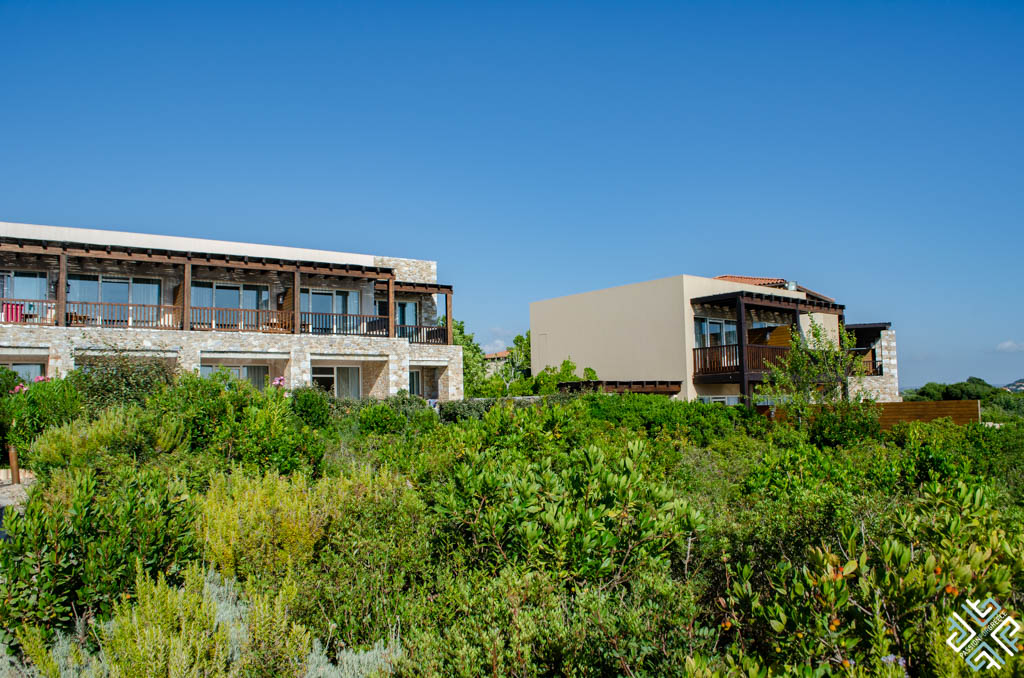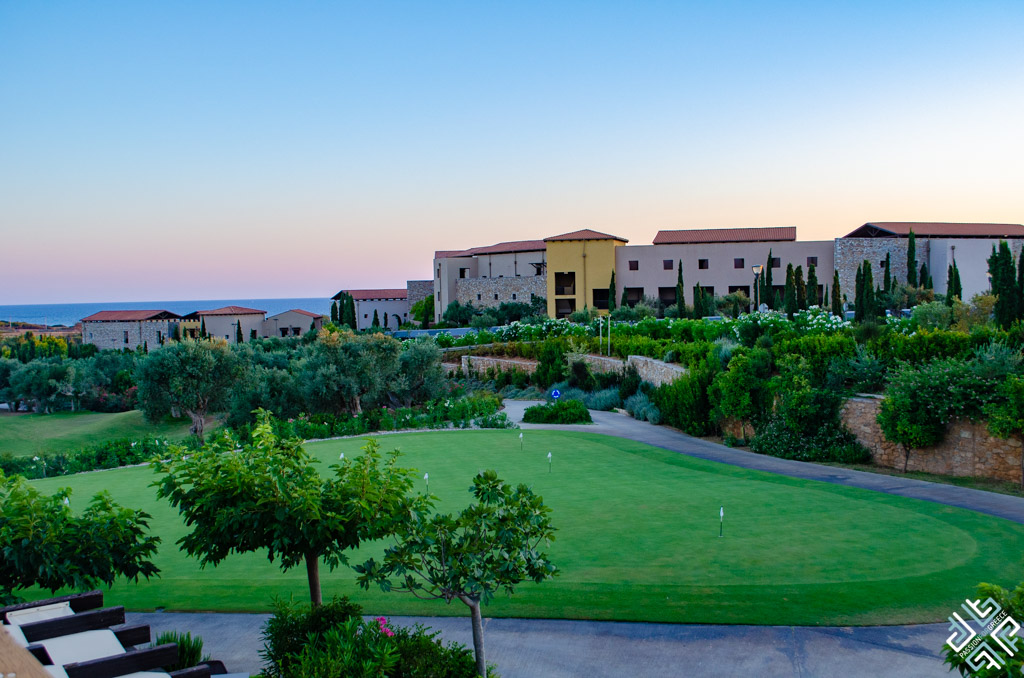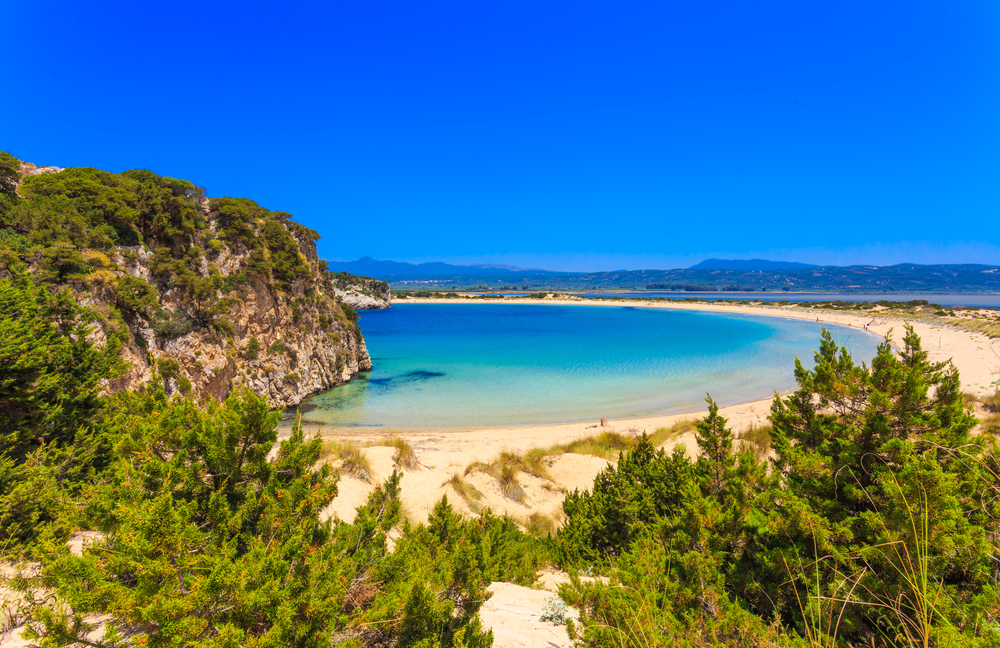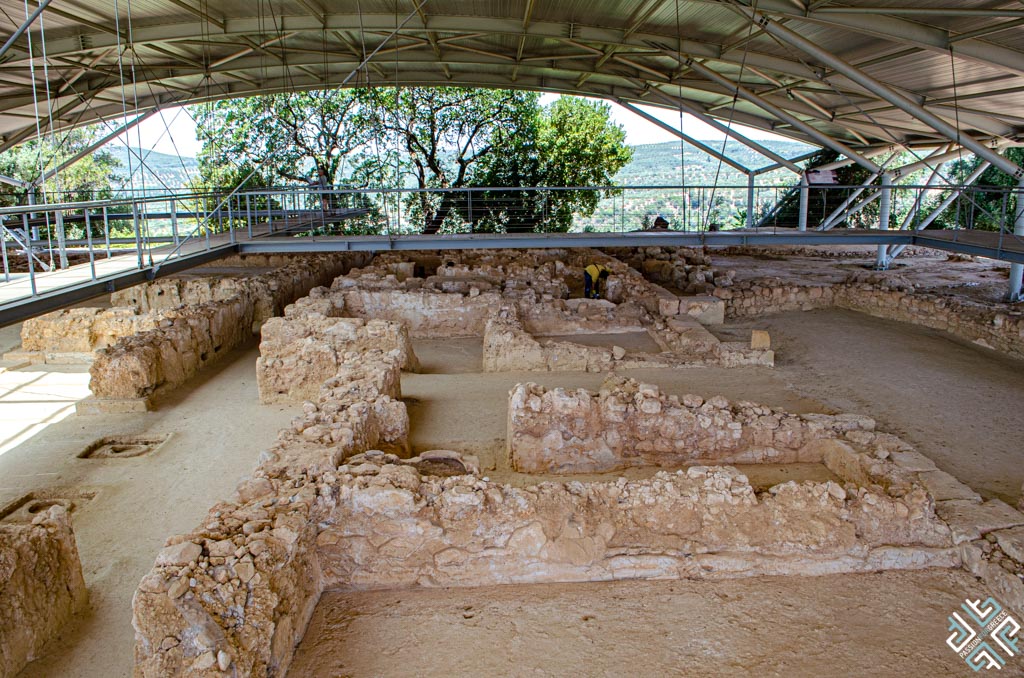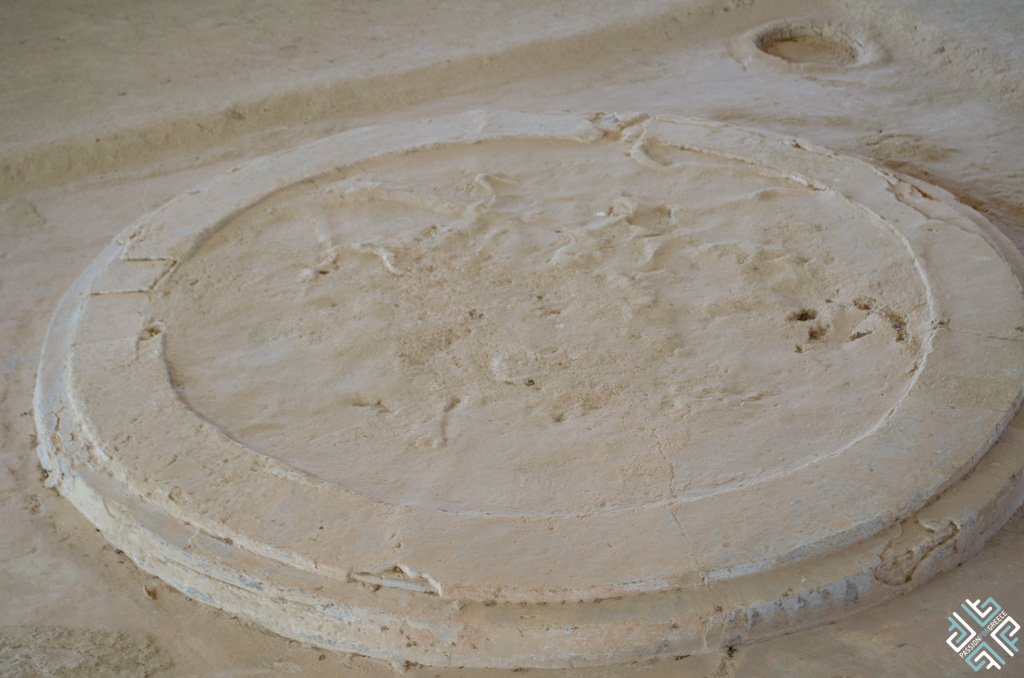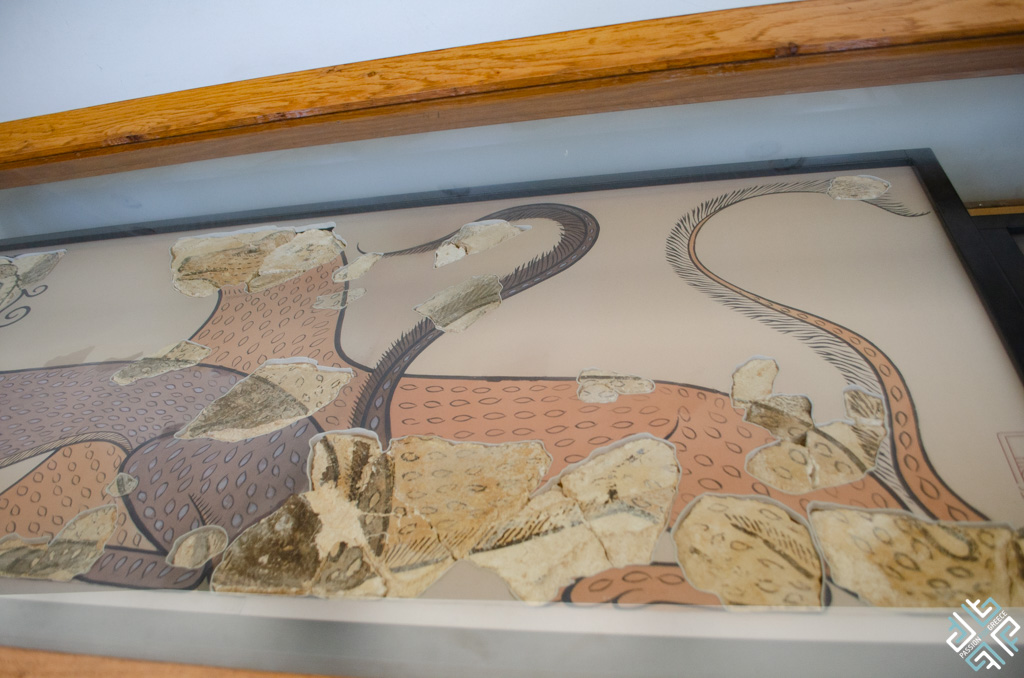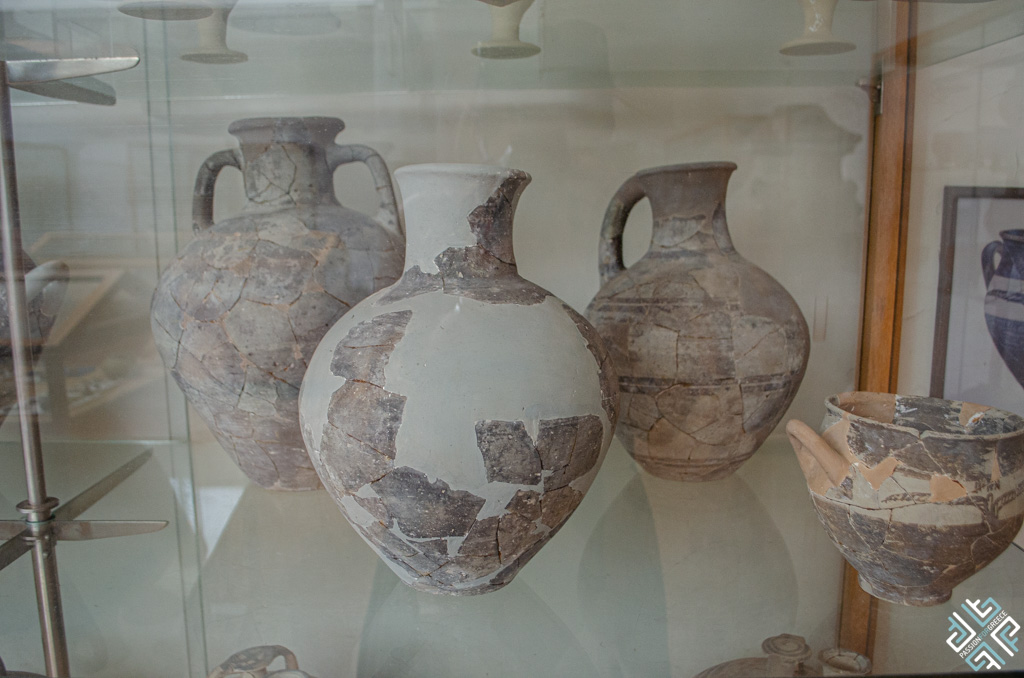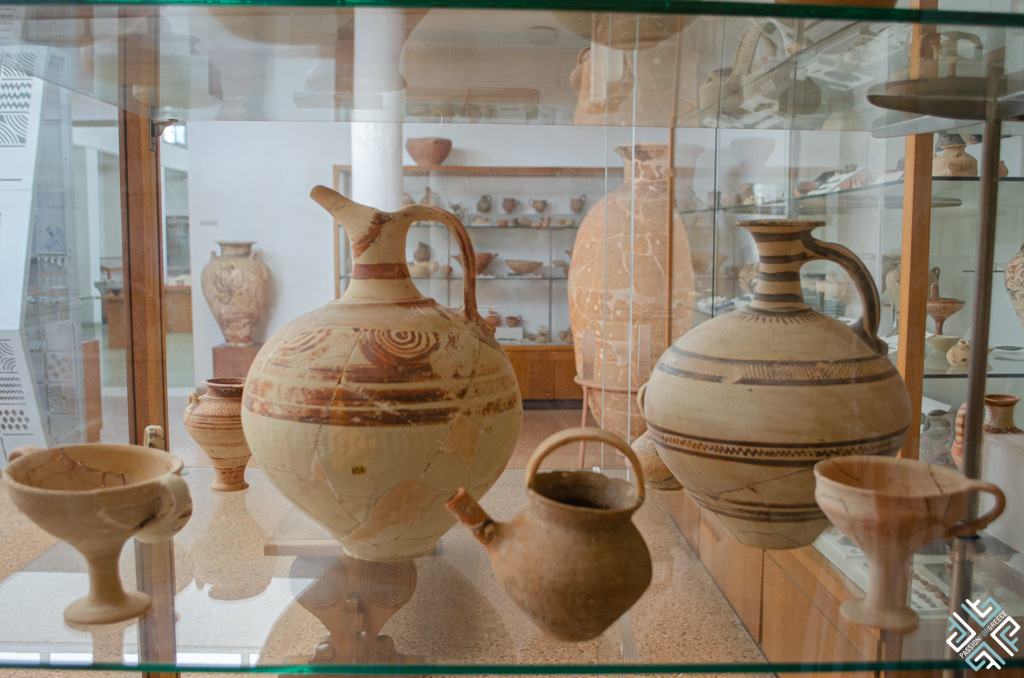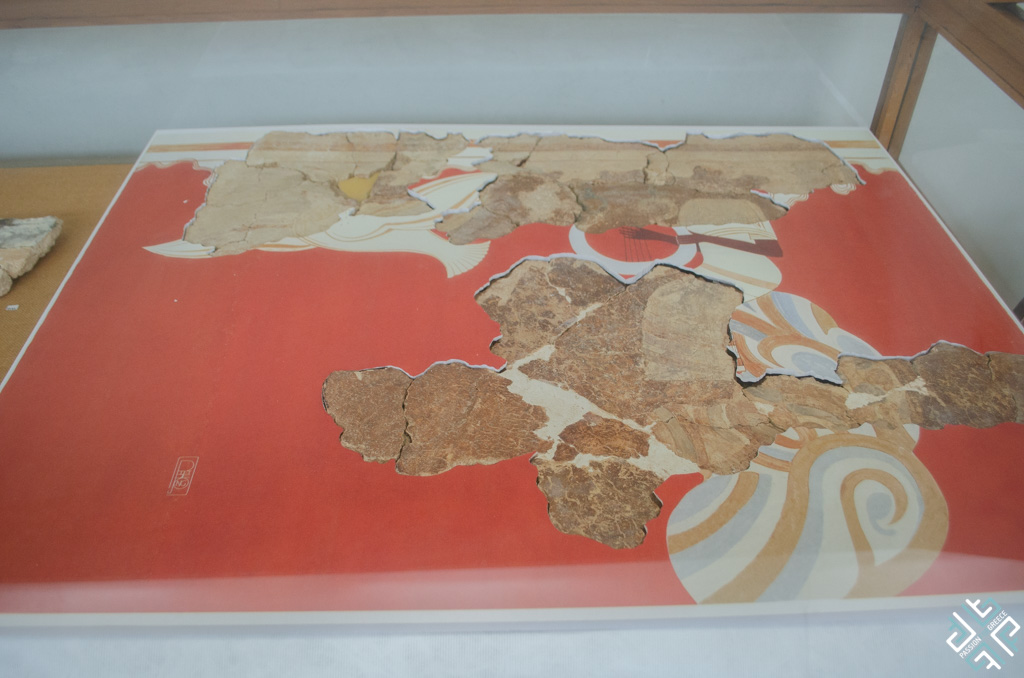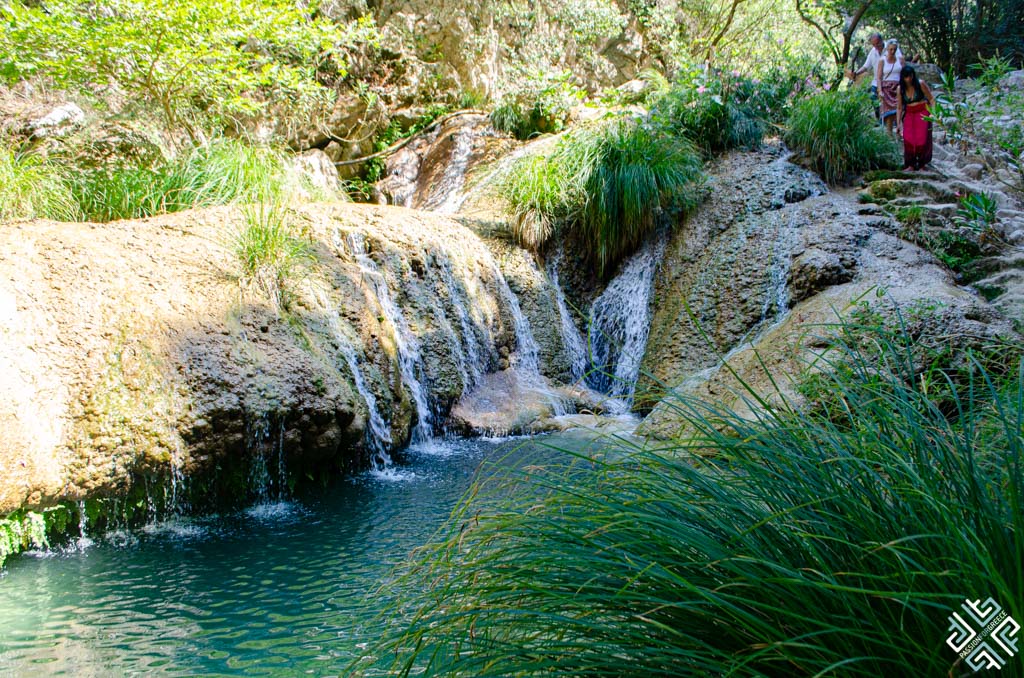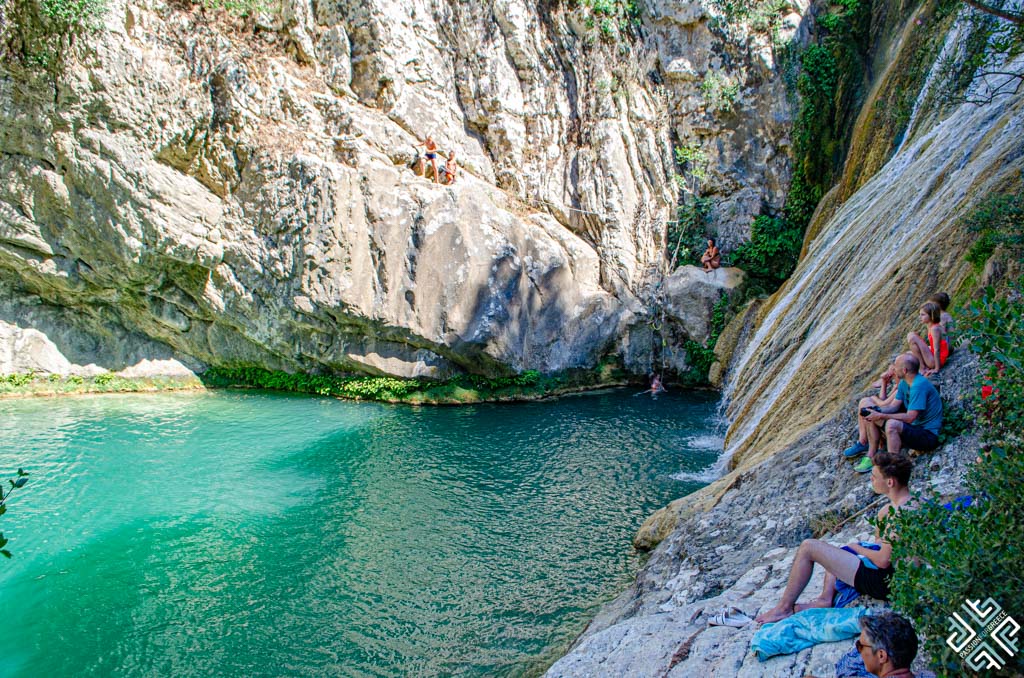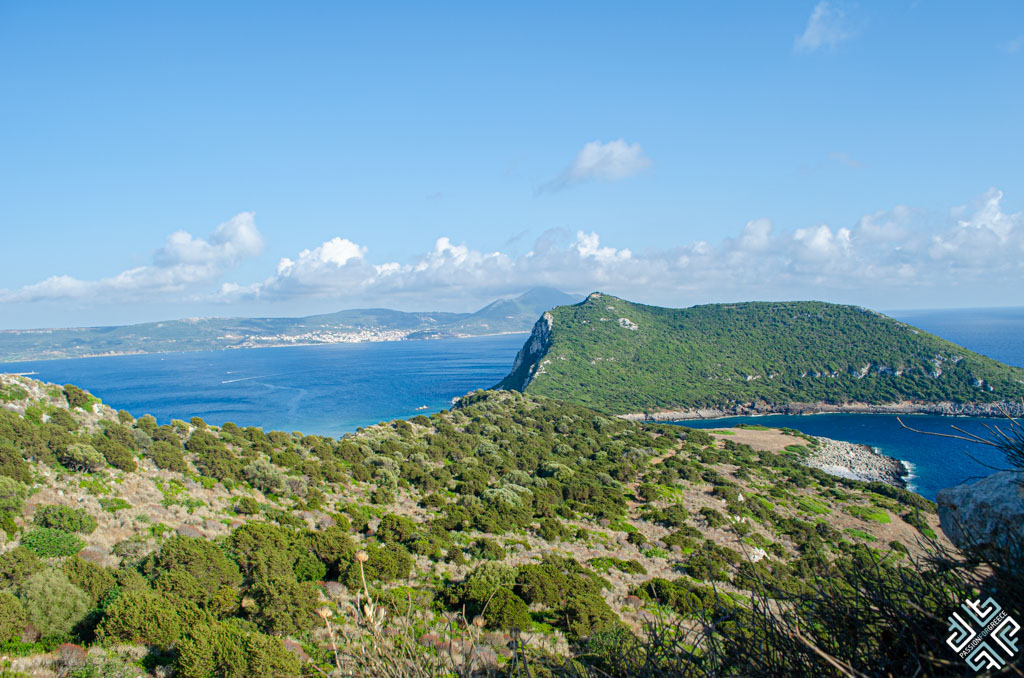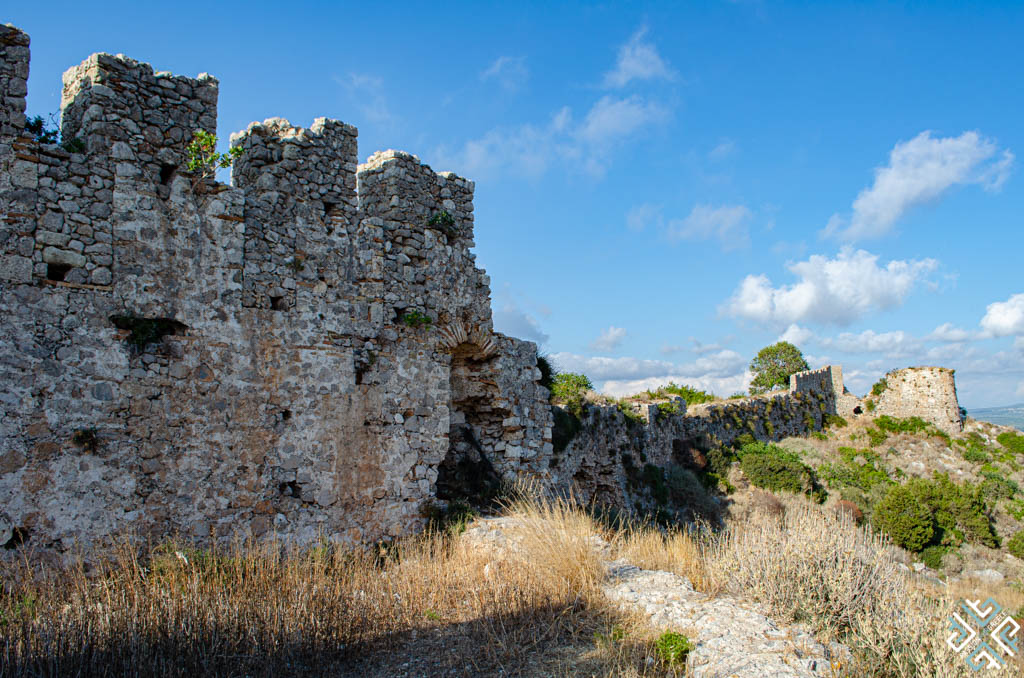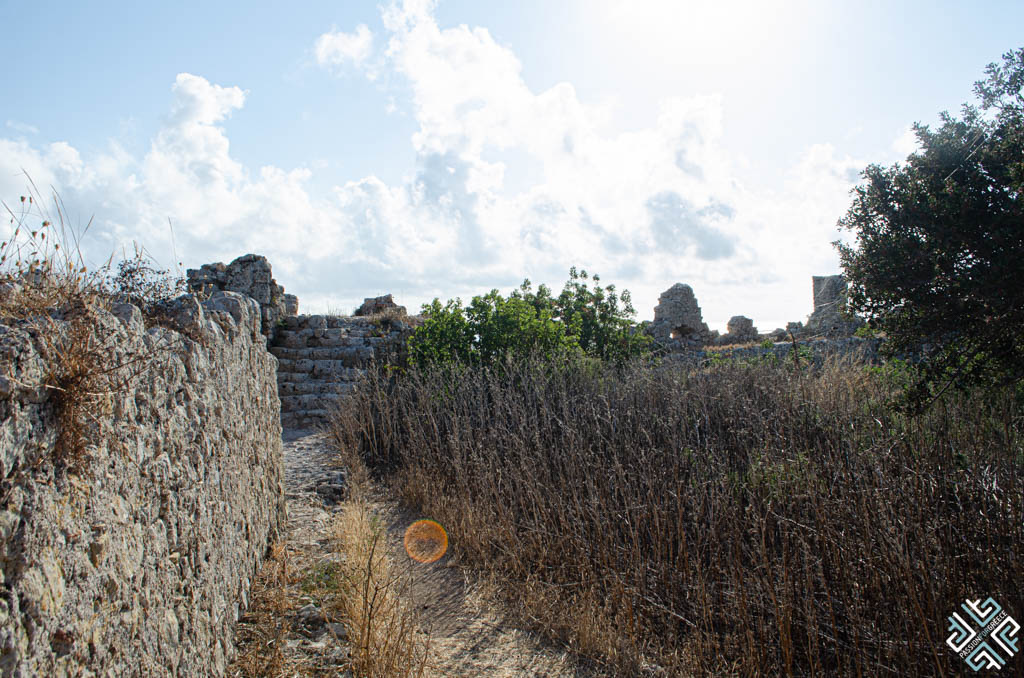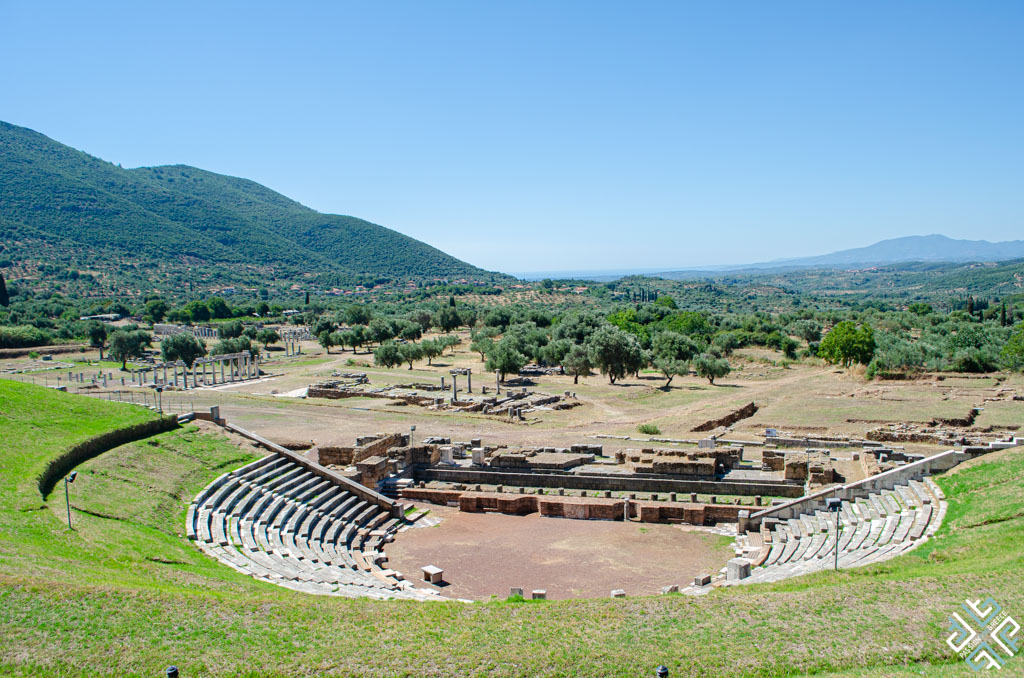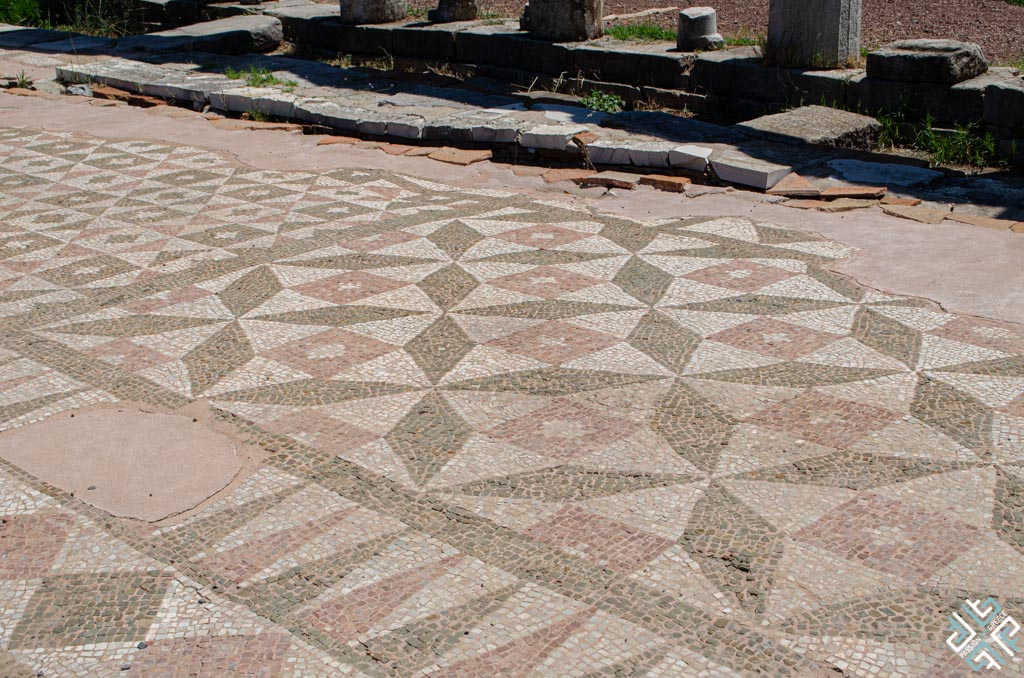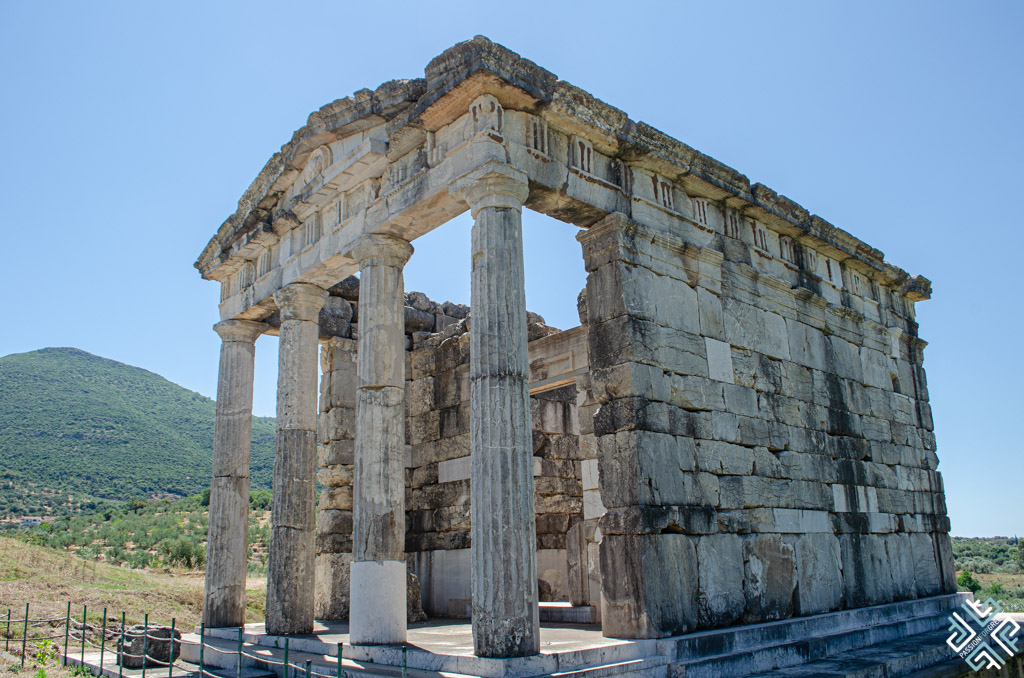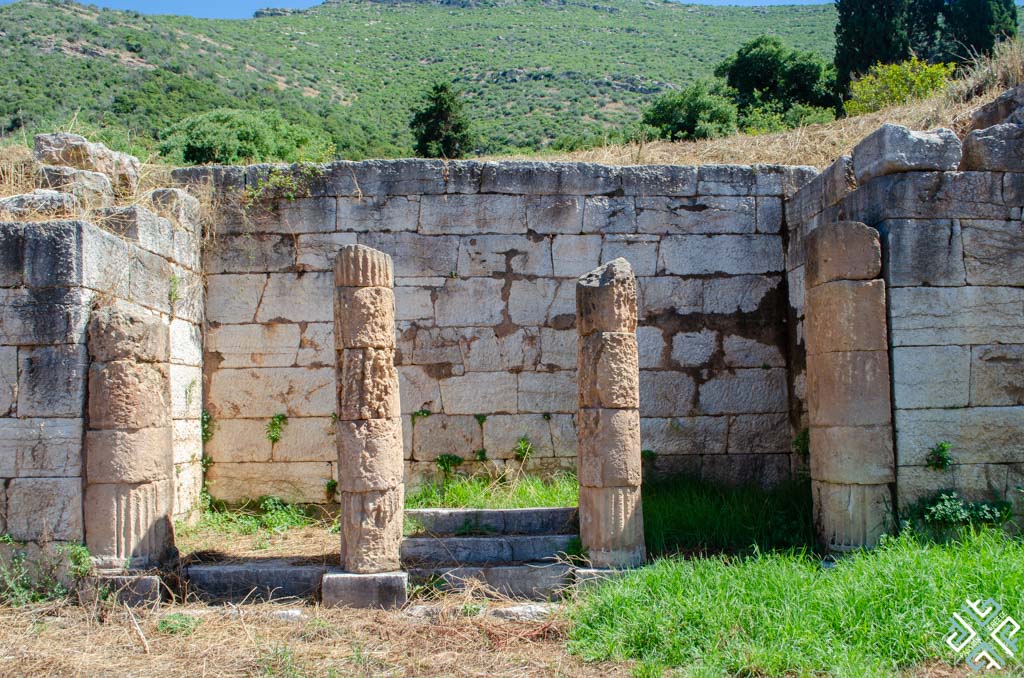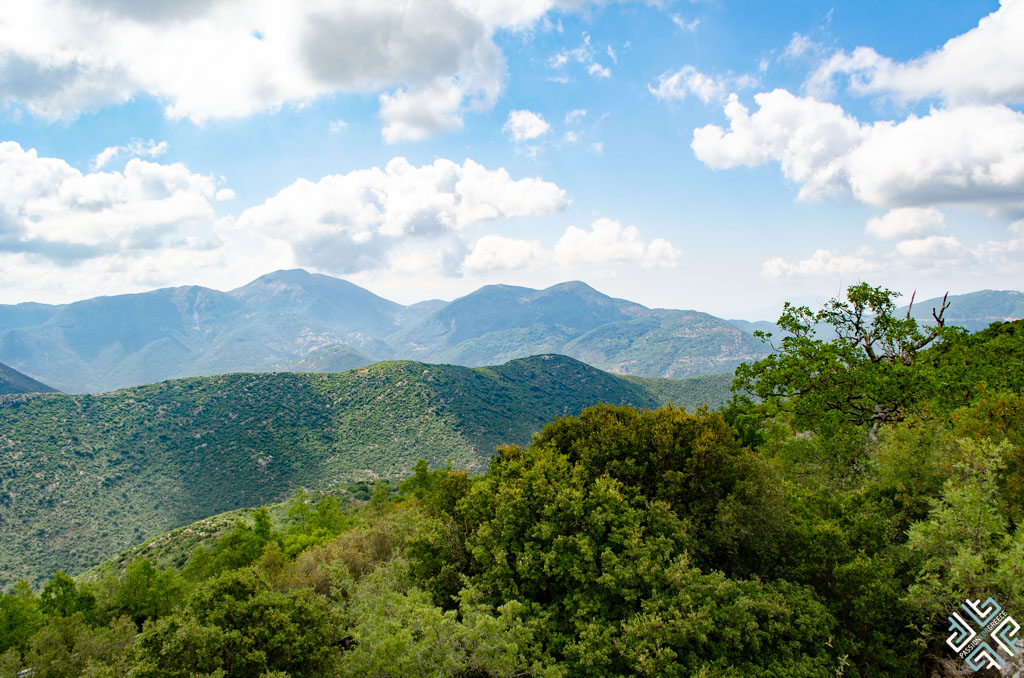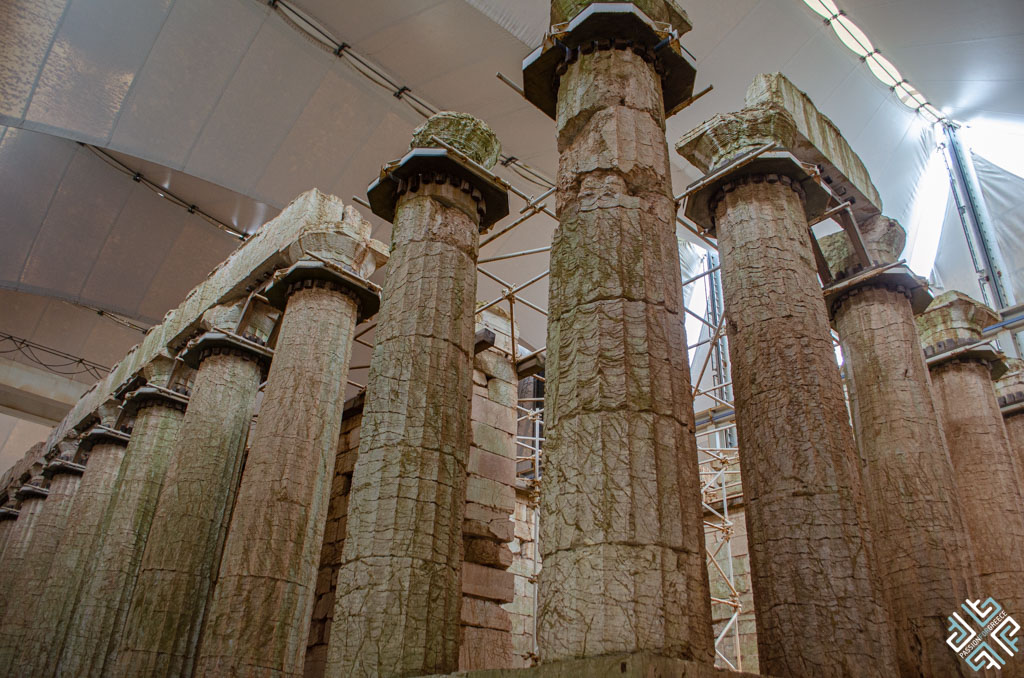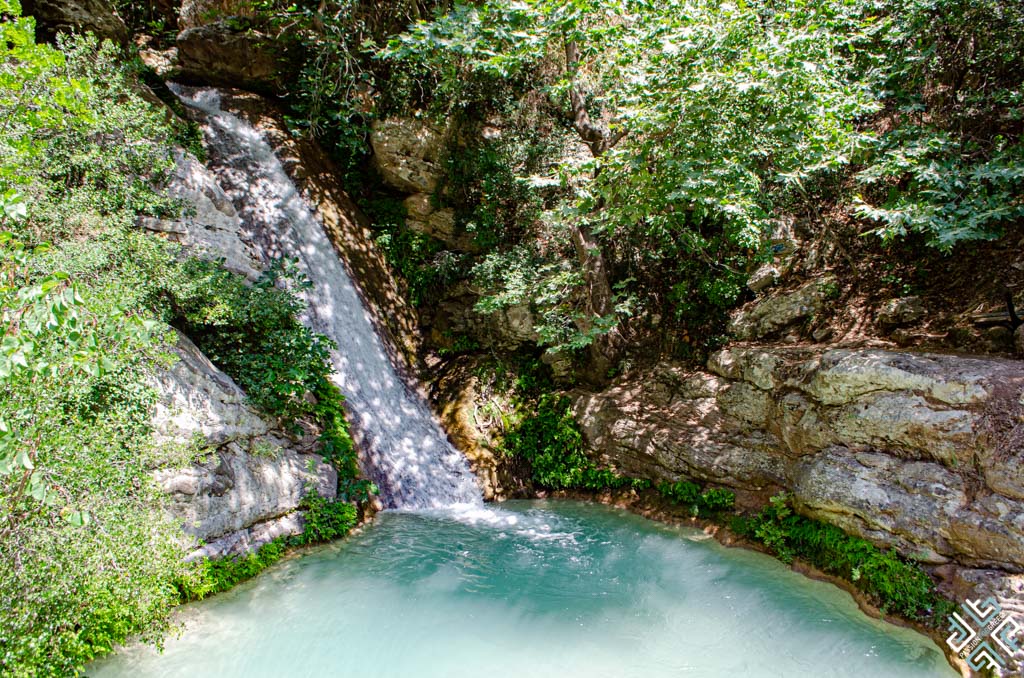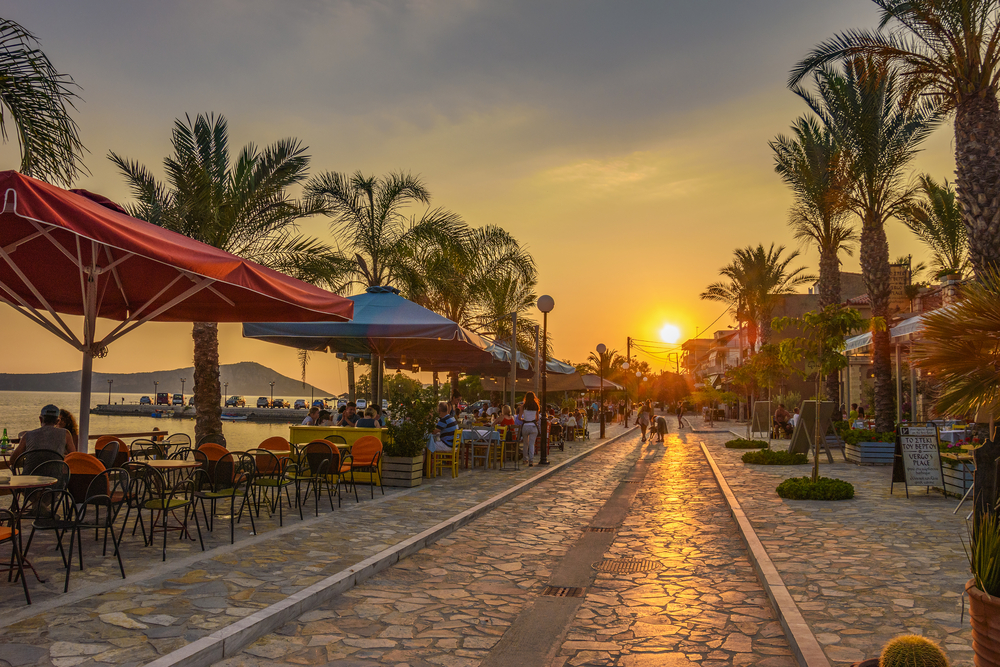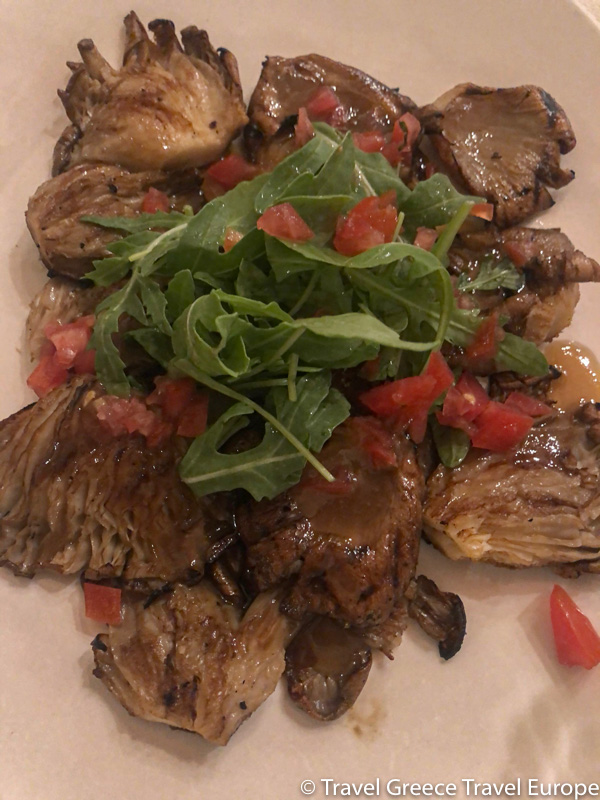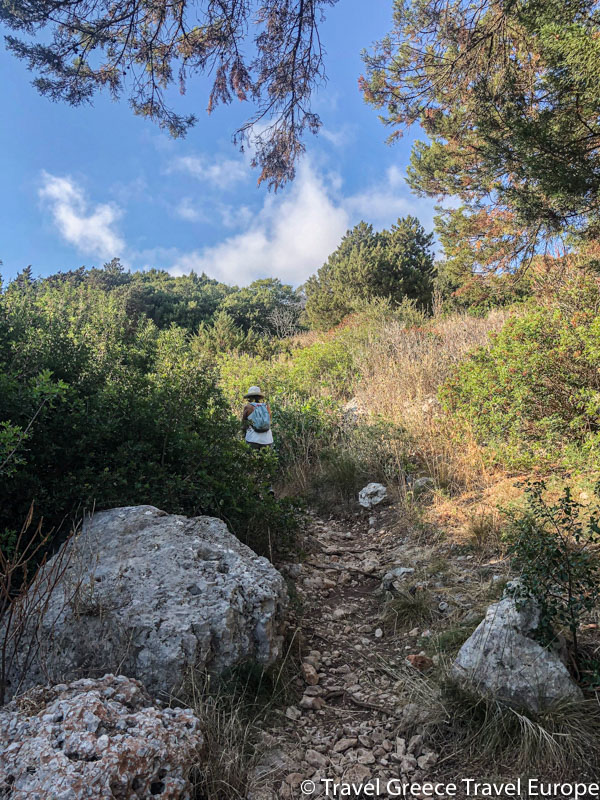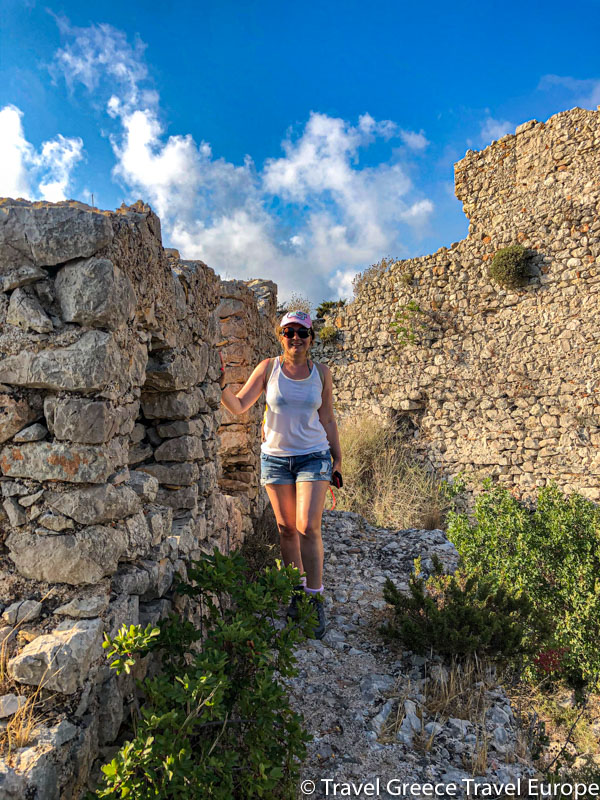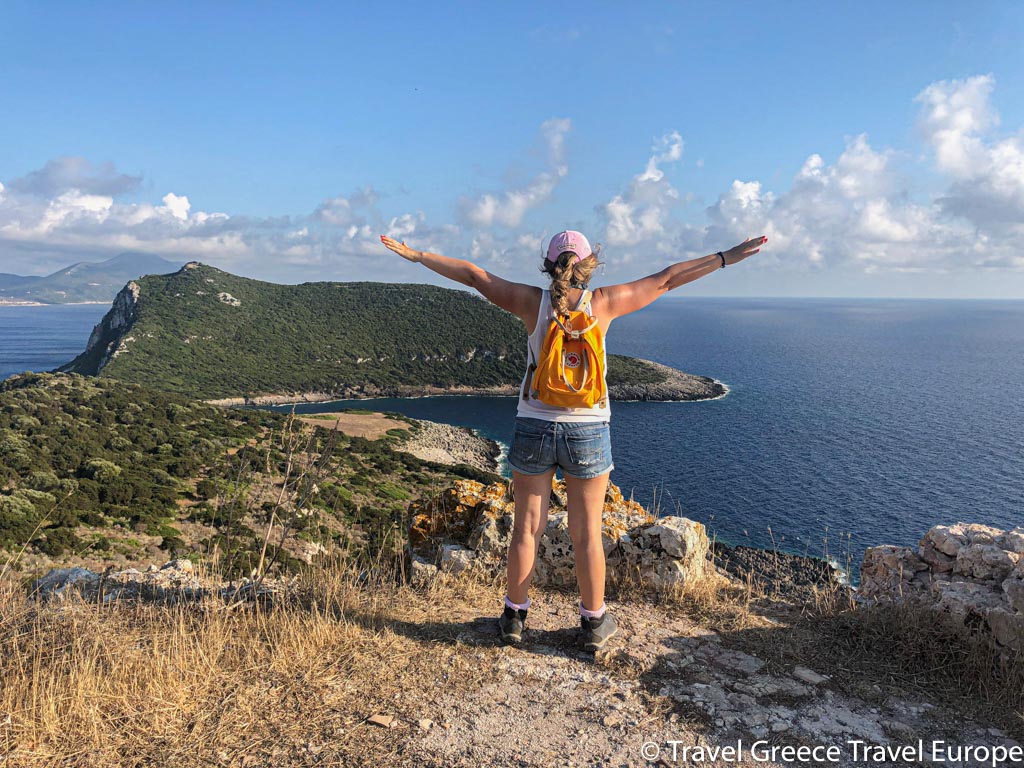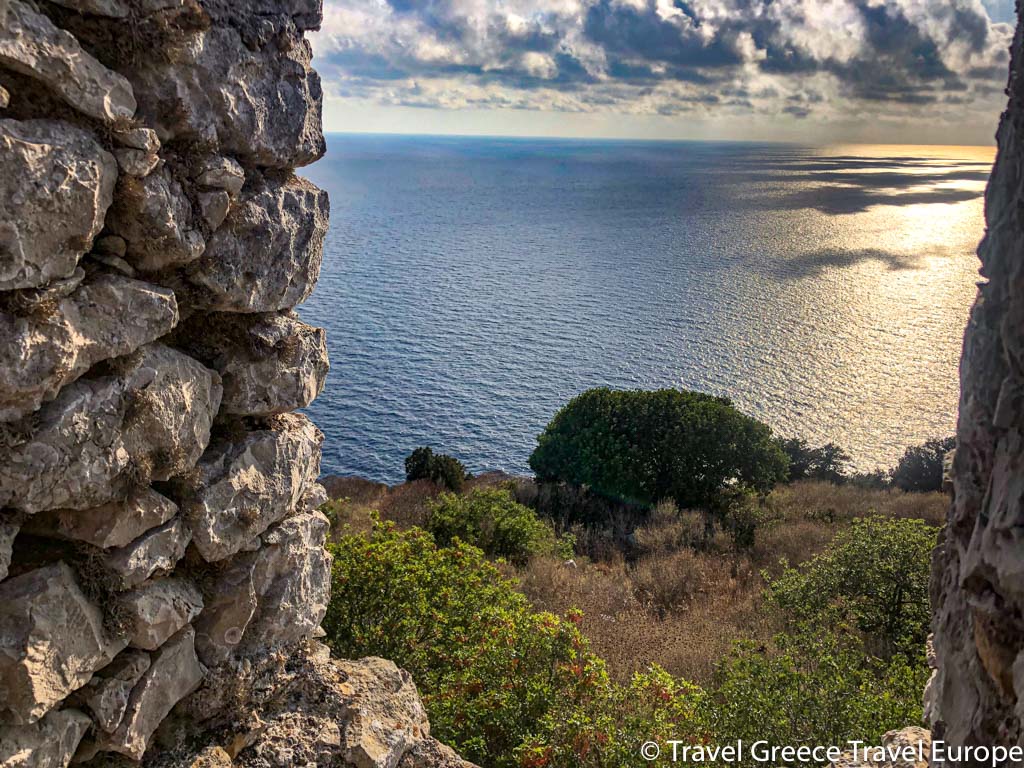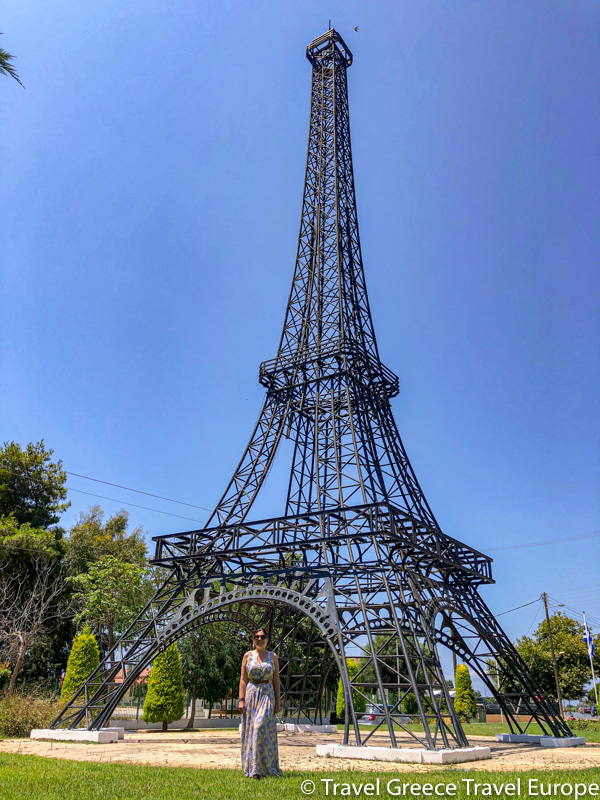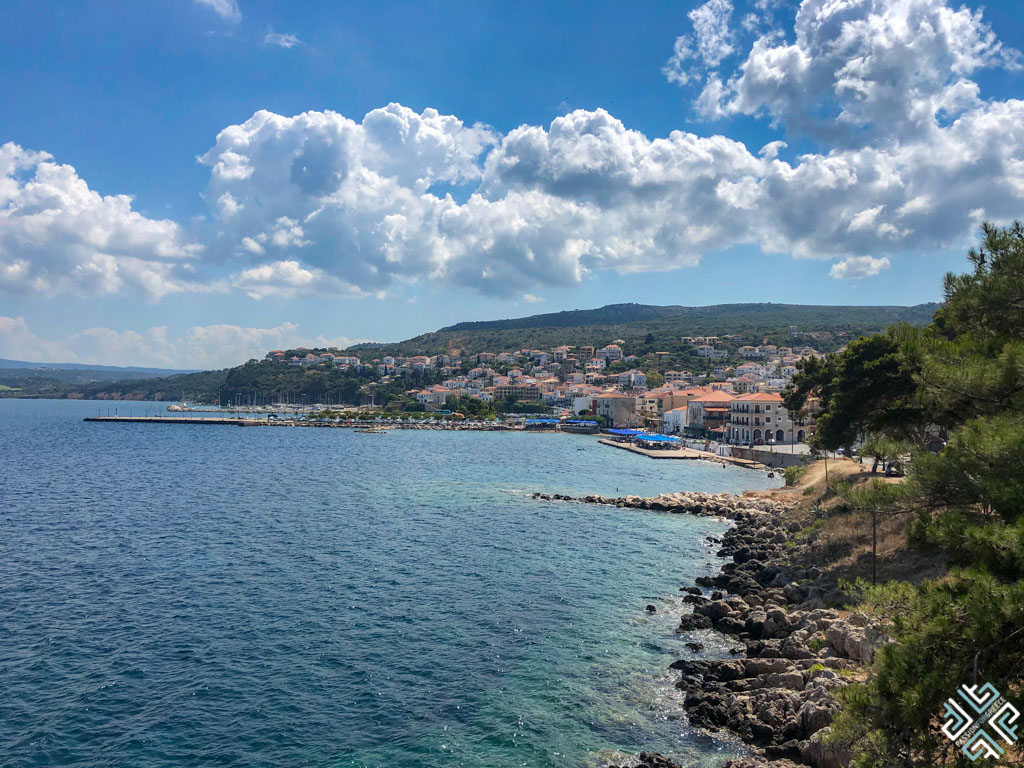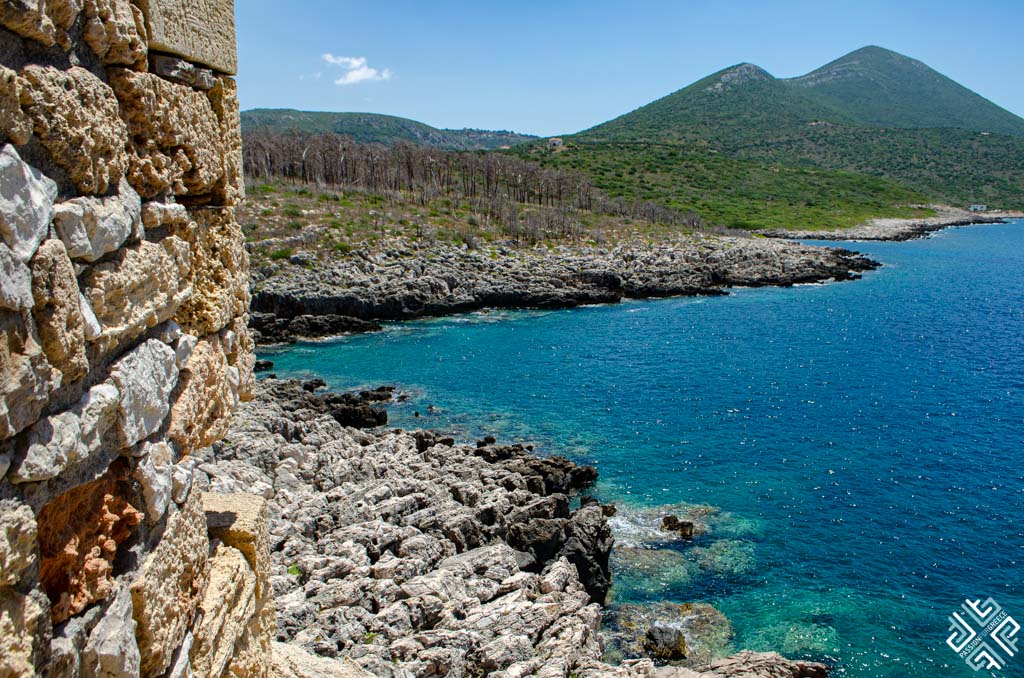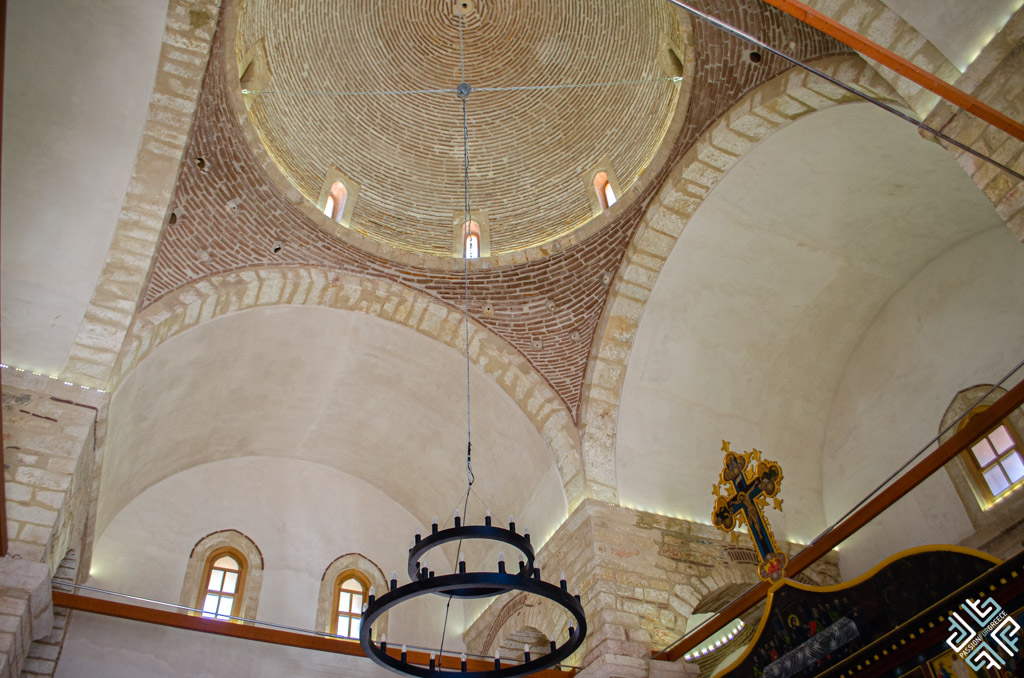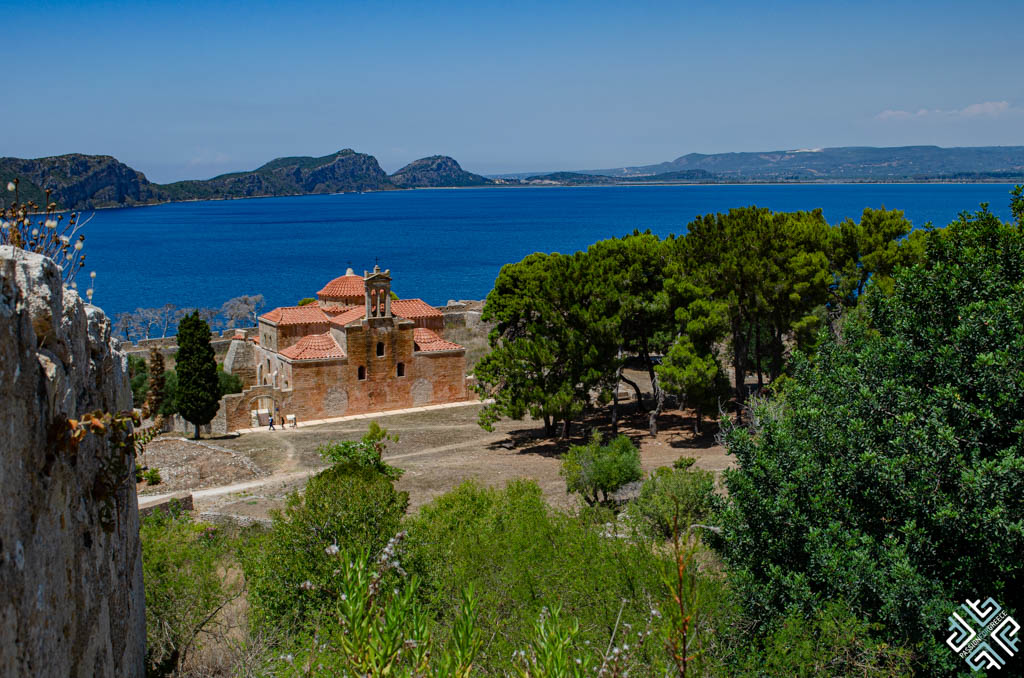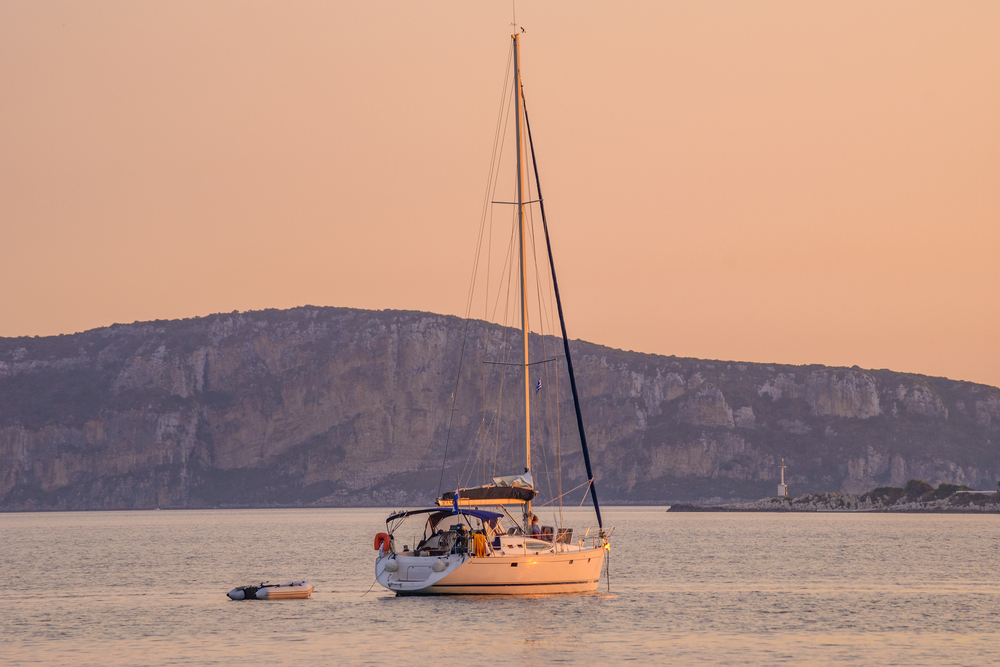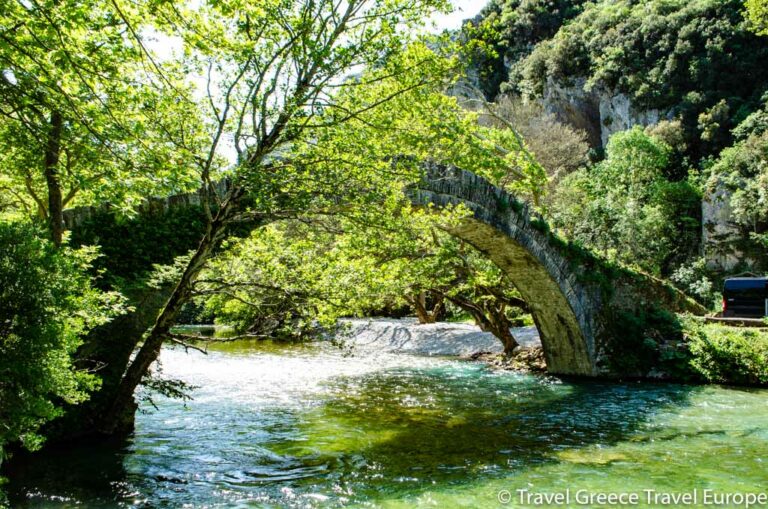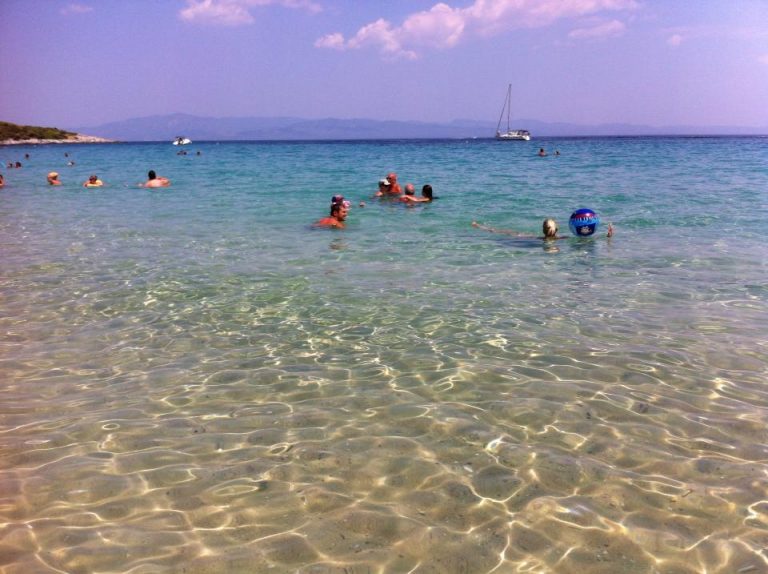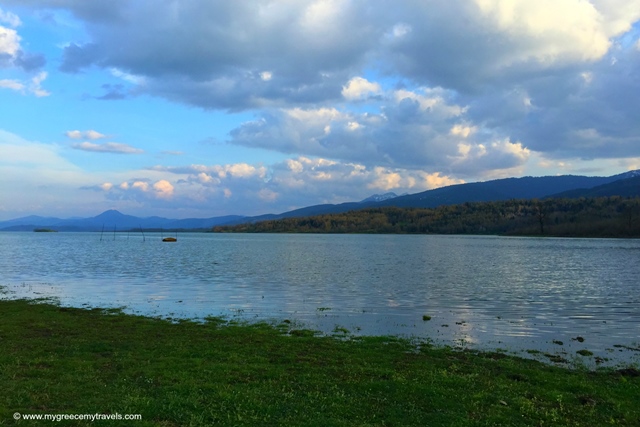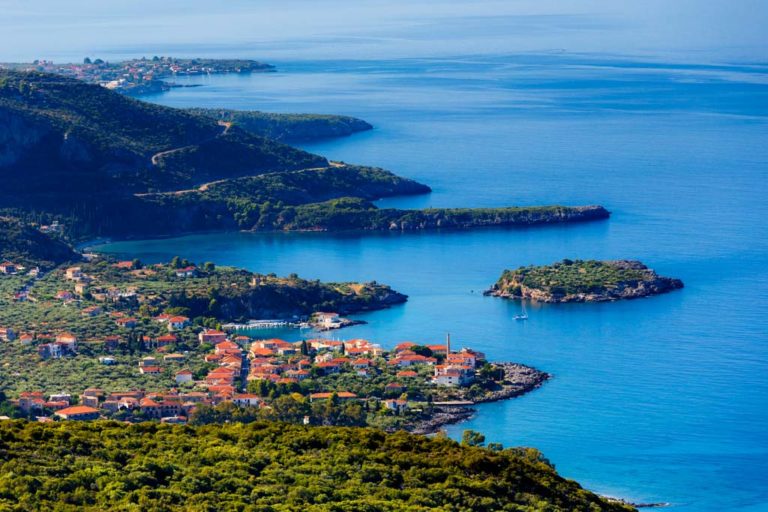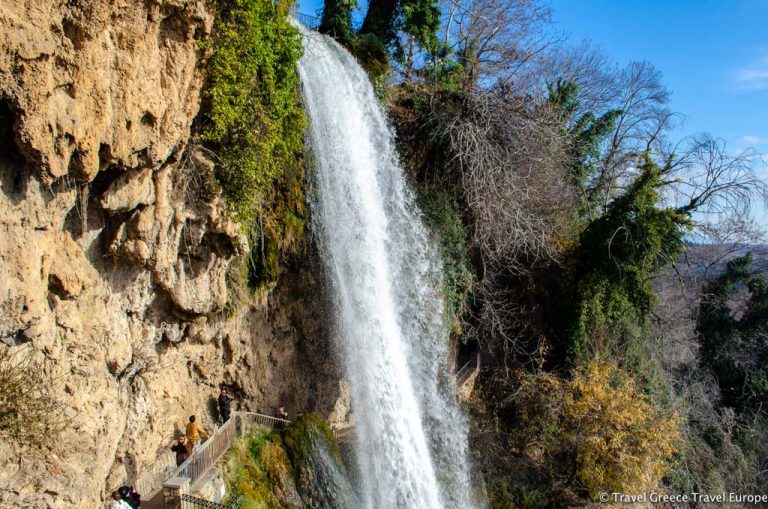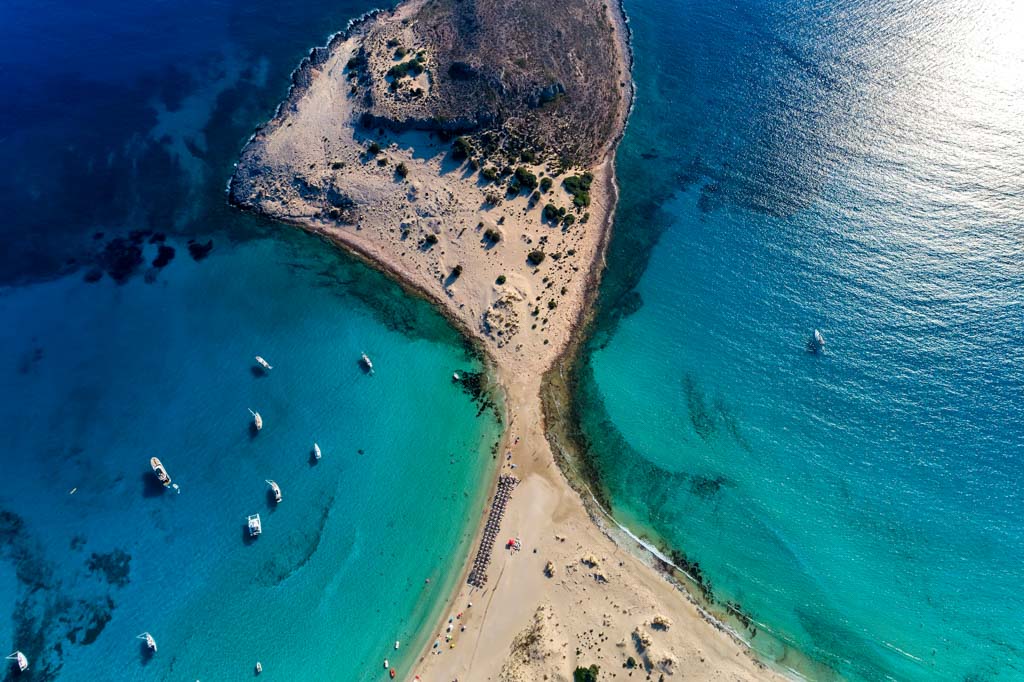14 Reasons to Visit Messinia
With such stunning beauty, it is quite understandable that the very attractive Messinia is becoming the most sought after getaway destination in Greece.
Maybe that’s a pity because that is what the attraction of Messinia is – a natural uncrowded destination not overrun by tourists and known for its olive groves and vineyards and just being utterly awesome.
Discover our 14 reasons to visit Messinia
A little bit of ‘Heaven’
Space and luxury surround you in Messinia, and it provides its visitors with a mix of simplistic natural experiences with modern tourist infrastructure. It is the perfect all-year-round destination that many describe as ‘heaven’.
Greece is synonymous with beautiful beaches and there are many along the coast, some of which are Blue Flag beaches, complete with lifeguards, cafes, and taverns. Blue Flag beaches tell you that these accredited beaches are safe, clean, and environmentally friendly.
Getting to Messinia
- Traveling to the Messinia region of Greece is possible with direct flights to Kalamata International Airport from most European cities. The average flight time from the United Kingdom to Kalamata will be roughly 3 hours.
- If you are joining a tour, you will have the assistance of a travel agency to coordinate your trip and which will be based on your likes and dislikes.
- Kalamata is the capital of Messinia and is 240km from Athens. Getting to Kalamata is easy and the trip by car will be a sheer pleasure as the roads are good and your trip will only last roughly 2,5 hours.
- There are buses departing daily from Athens to Kalamata. The bus trip from Athens to Kalamata is about 3 hours. You will board the bus at Kifissos KTEL Bus Station in Athens. You can buy bus tickets online but you can also visit the KTEL Messinias website.
- There are also taxis from the Athens Airport to Kalamata. At the airport, you will find different vehicles that cater to all size groups.
Simplify your life
Those who know the exquisite area of Messinia like to return again and again and why not? After all, the area is a haven of natural beauty and tranquility. People head there to blow the cobwebs away and to invigorate themselves in nature.
Summer is the best time to visit Messinia as then it is lush and green, but it is essentially wonderful any time of the year.
There are so many exciting reasons to visit Messinia, but we’ll narrow them down to just fourteen.
Costa Navarino Resort
Costa Navarino is located in Messinia in the southwest Peloponnese. The Peloponnese is a peninsula in southern Greece and known for its spectacular beaches, the glistening blue and turquoise seawater, the olive groves and fascinating villages.
It is one of the most breathtaking landscapes in the Mediterranean and also with a remarkable history.
In fact, it was Captain Vassilis Constantakopoulos, who grew up in the area and who decided that he wanted to revitalize the area but still preserve the beauty of the area’s extraordinary nature.
He created a huge luxury resort known as Costa Navarino and with two majestic hotels – the Westin and the Romanos, with more to come.
The Westin has been voted among the ‘Best Resorts in Europe’ in Condé Nast Traveler Reader’s Choice Awards in 2017.
A safe, hygienic destination
Costa Navarino, in terms of Covid-19, has integrated the heath and safety measures required by the World Health Organisation as well as the Greek authorities.
Costa Navarino is also home to a spa, a thalassotherapy center, more than 20 dining venues, 2 signature golf courses and much more to ensure a non-stop variety of activities to enjoy.
These hotels have an exceptional range of deluxe rooms and suites that overlook the sea and golf courses and are perfect for singles, couples, families, and groups.
There are plenty of recreational activities for kids too, and guests can have all manner of excursions arranged. Costa Navarino simply invites you to come and uncover the superb luxury travel destination it is.
The two resorts are beautifully situated in a secret paradise on the coastline. In fact, these magnificent resorts actually share some of their facilities with each other so there is a never-ending list of things to do for visitors of all ages. You can know that you aren’t ever going to be short of things to do.
A superb golfing destination
Of course, this is a golfing destination, and golfers are well catered for. If you fancy yourself a golfer, there is the Pro Shop which offers the latest in golfing equipment and attire.
There’s also the Dunes Clubhouse, and this in itself is a fabulous place to hang out as it looks over the magnificent award-winning Dunes golf course from its elevated terrace.
The magnificent course with spectacular sea and river views was designed by a German professional golfer and 2-times Masters champion, Bernhard Langer. He has been one of the world’s leading golfers.
Gialova Lagoon and Voidokilia Beach
In Greece, you will find some of the most beautiful villages and beaches, and Gialova Lagoon and Voidokilia Beach have to be at the top of the list in terms of sheer beauty.
The Lagoon is a coastal wetland and isn’t just of historical importance but it’s a wetland that attracts migratory birds all the way from Africa. There are many rare bird species and a very rare species of Chameleon. Thankfully this wetland is a protected area.
Voidokilia Beach is south of the resort and is one of the most beautiful beaches in Greece. The beach has a weird shape and is very similar to the letter ‘omega’ in the Greek alphabet.
Beautiful though it is, it hasn’t been developed for tourism and you won’t find cafés, shops, and beach hire equipment available, so you need to ensure you take your own food and drink.
Nestors Palace
Pylos was where the hero Nestor lived, the wisest of the Greeks who fought at Troy. Nestors Palace is found on a hill known as Ano Englianos, overlooking the Bay of Navarino, in the Peloponnese. Even though it is 6km inland, its location on the hill allows it splendid clear views of the coastline whichever way you look.
The castle is made up of the main building, northeastern building, southwestern building, and wine magazine, and these stood till 1180BCE.
The Palace of Nestor is an important monument of Mycenaean Greece – the only Mycenaean Palace which is in such good condition even though the palace was built in the 13th century B.C. by King Nestor.
The palace was almost completely destroyed in the 12th century, by fire. The fire however baked ceramic tablets, preserving rare information on them.
Mycenaeans were known for their trade of perfumed oils and big jars for storing oil were found in the magazines of the palace. This palace site is the best surviving Mycenaean palatial site.
Archaeological Museum in Chora
The archaeological museum in Chora in Messenia has collections that focus on the Mycenaean civilization. It’s a fairly new museum, being only founded in 1969 and actually located in Chora of Messinia.
Probably the most important exhibits at the museum are old jewelry from the vaulted tombs of Peristeria of Trifylia.
There are also fascinating murals from the Palace of Nestor with awesome battle scenes.
The museum is open every day from 8.30 am to 15:00 pm and is closed only on Mondays.
Polilimnio Waterfalls
A trip to these 30m waterfalls can last up to a wonderful hour or two. The falls are found about 35km from the city of Kalamata and in the gorge of Polilimnio.
To reach these falls, you will need to take a narrow path through beautiful countryside, making the entire trip something utterly spectacular. The hike to the Polilimnio Waterfalls begins in Haravgi Village where you take a paved road that turns into a dirt road and to a car park.
Polilimnio lies near a village known as Kazarma in an area of beautiful olive orchards and fields.
Polilimnio Waterfalls in Polilimnio Gorge allows you to become utterly immersed in lush greenery, cool lakes, and even cliff diving for those more daring individuals.
You’ll be glad you donned good, sturdy walking shoes for this hike as, after the rains, the track can be quite slippery. Polilimnio’s main lake and a waterfall called Kadi, is a popular swimming spot and can become quite crowded on hot summer days.
For some people, the crowds are too much and they climb up further to another, quieter lake. If you want to enjoy Polilimnio with fewer crowds, it is suggested you visit out of the peak season time.
You are always treated to amazing flora and fauna.
If you join a tour, you’re likely to be offered refreshing melons to quench your thirst, and you’ll stay at the waterfall for about an hour. There is also a cafe for snacks and coffee.
Palaiokastro – The Old Navarino Castle
Known also as Old Navarino Castle, Palaiokastro, located on the hill at Navarino Bay, promises not to disappoint.
Maybe you’ve opted to approach the castle or fortress from the footpath at Divari Beach. You’ll have Sfaktrina Island on your left side as you walk right up to the castle’s gate.
Once you go through the gates, there are 2 paths to take – one to the left and one to the right. Whichever you take, the paths offer splendid views of the Ionion Sea. The Palaiokastro fortress allows you to see Voidokilia Cove and Giolova Lagoon.
What a sight the fortress is, after all, it dates back to 1278 when it was built by Nicholas B. Said Orner and known as ‘Port de Lunch’. Even though the fortress is ruined, you’ll be glad you brought along your camera.
Visit the Archaeological site of Ancient Messini
Ancient Messini was built in 369 BC and was surrounded by a long wall. A large part of this wall still stands today.
The wall had 2 gates – the Arcadian Gate and the Laconian Gate.
The Arcadian Gate is still somewhat preserved, being a massive circular gate. Other discoveries have also been made in ancient Messini, such as a theater, the temples of Demeter, stadium and gymnasium. It is thought that Ancient Messini was destroyed with the invasion of the Goths of Alarichos.
With excavations, most of the findings are found in the museum of Ancient Messini at the entrance at the archaeological site.
The amazing site is open from 08:00 to 20:00.
Scuba Diving in Navarino Bay
Scuba diving promises to provide you with a most amazing feeling, especially when it is done in spectacular places.
Scuba divers and snorkelers love knowing that the clear waters of Navarino Bay have been the realm of pirates back in the day. Now they can enjoy the watery kingdom with all manner of Mediterranean marine life.
There are diving parks that allow divers to explore ancient shipwrecks from the 19th century. These even include the likes of Turkish ships sunk by allied forces during the Battle of Navarino in 1827.
If you’re just longing to scuba dive and snorkel during your holiday, you can enjoy the underwater world by having lessons. Yes, you may not be trained enough to do actual scuba diving, but you can at least start learning for your next trip and continue your training when you get back home.
The Temple of Apollo Epicurius
From its lofty position on the Arcadian Heights, this well-known temple to the god of healing and the sun was built in the 5th century B.C. in Bassae. Bassae was the first Greek site to be inscribed on the World Heritage List in 1986.
With Covid-19 raging around the world, it is interesting to note that this particular temple was dedicated to Apollo Epicurius by the Phigaleians who believed that the god of sun and healing had protected them from a plague.
Unusually, it is all 3 kinds of architecture – Ionic, Archaic- and Doric style. Visitors to the temple stand amazed at this well-preserved monument. It is quite possibly the isolation of the temple that has ensured that everything has been somewhat preserved.
The temple was rediscovered in the 18th century, suddenly attracting a lot of interest with its amazing artistic architectural designs.
There was a decorative frieze that formed part of the design but this was removed in 1812 and is now found in the British Museum.
Some other of the recovered artifacts are on display at the Pushkin Museum of Fine Arts in Moscow. The site of this most majestic temple is protected and certain shelters have been provided to protect it from ruin from extreme weather conditions.
The beautiful monument is fenced and protected 24/7 to ensure no vandalism takes place and restoration work is ongoing.
Neda Waterfalls
Messinia has so much to attract visitors and it’s not short on magnificent waterfalls. The waterfalls of the Neda river are a nature lover’s paradise and are found in a lush green valley near Kyparissia in western Peloponnese.
Described as a hidden gem, the Neda waterfalls, named after a nymph known as Neda, promises to be a most enjoyable visit. It is located near Figalia in west Greece.
One of the hikes is for the more fit and adventurous while the other is an easier route. Both offer you amazing beauty towards your goal – the Neda Waterfalls. In fact, there is a network of hiking trails that are found in the valley of Neda.
You can walk in the river
The gorge of the Neda River is in Peloponnese at the borders of Ilia and Messinia Prefectures. The length of the Neda River is 32km and you can hike along the river or walk in it, with a lot of the walk being in shade.
Before you actually arrive at the big Neda Waterfall you will walk past two smaller waterfalls, which are also very beautiful. In fact, the entire area offers beautiful nature as there are beautiful flowers along the way and the chirping of birds.
Walking in parts of the river keeps you refreshingly cool as you head towards the falls. Of course, there are plenty of opportunities for photography, especially when you reach the 20m high waterfall and you swim beneath its pounding waters.
En route, there is the charming small chapel of Panagia. This trip to the Neda Waterfalls is really a wonderful opportunity for anyone who admires nature.
Explore the village of Gialova
The village of Gialova is simply described as a magical, picturesque place that will charm everyone. It is found in Navarino bay, north of Pylos.
The entire area is just designed for pure pleasure. You can be sure to find some of the most spectacular hotels in and around this most lovely of villages.
The village is known for its wines and olive oil. These make lovely gifts for those back home and the olive oil is wonderful to add to your Greek salads.
Kalamata is in fact famous for its olives and oil and it has a market on Wednesdays and Saturdays where you will also find dried figs.
Friendly smiles and delicious meals
Speaking of wonderful foods, you just have to try the laid-back family-friendly atmosphere of the Elia Restaurant.
It’s the perfect spot to collapse on a chair and sip something cool while allowing a cool breeze to waft over you from the bay.
The restaurant has a major local following and is located on the beautiful Navarino Bay. You’ll be served fantastic Greek fare made from the finest local products to be enjoyed with the best wines.
The place is known for its interesting take on classic dishes and its cocktails. There is literally something for everyone on the menu.
The stylish restaurant is open from midday to midnight every day.
Gialova beaches
If you’re a sun worshipper, you’ll be enthralled with the natural beauty of the Gialova lagoon, also known as Lake Divari and the most extraordinary beaches, These are Gialova Beach, Divari Beach and Voidokoila Beach.
Gialova Beach is particularly popular for families with young kids as there aren’t big waves to worry about tossing them about. The water is also fairly shallow and there are also resorts, restaurants and cafes.
The best hiking
The natural terrain of Messinia is all about incredible beauty and within this natural landscape, there are a number of hiking trails that promise to provide sheer beauty.
In fact, you’ll agree that one of the finest hiking trails commences from Gialova Beach. Part of the hike includes taking insights of the medieval castle of Palaiokastro and getting to enjoy the most magnificent views. You can also visit the cave of Nestor and go for a swim at Voidokilia Beach.
Hiking is a great activity while staying in the village of Gialova and there is also a spectacular walk along the coastline of Gialova.
Snorkeling, kite- and wind-surfing, cycling, and boating are just some of the other exhilarating activities one can enjoy while visiting the village. One of these is a visit to the castle of Pylos, about 7km away.
The Eiffel Tower of Filiatra
Fondly referred to as ‘The Little Paris’, Filiatra is a small town in Messinia in the Peloponnese region.
If you travel on the west coast of the Peloponnese, you may be confused for a while, believing you’re looking at the Eiffel Tower in Paris. The Eiffel Tower of Filiatra however, is 83 feet tall and positioned at the entrance of the small town. It is a popular tourist attraction.
Of course, it isn’t quite as majestic as the real Eiffel Tower, being a bit smaller, but it is like a guiding light to the people who live there. People direct others to different landmarks by always saying ‘it’s close to the Eiffel Tower’, or from the Eiffel Town, turn left, and so on.
In the area, there are a good number of sights to see. One attraction in the area is the Festival of the Watermelon. This tradition started in 2007 and is held each year. Apart from enjoying watermelon in its different forms, there are also shows, competitions, games, theater performances, and other activities held over the festive period.
Pylos
Pylos is such a beautiful seaside town with its colored houses built amphitheatrically in the bay of Navarino, and always popular with holidaymakers.
Two castles overlook the town of Pylos – the castle of Navarino, known as Palaiokastron or Palaionavarinon and the newer castle known as Niokastron.
It is perhaps the very impressive hexagonal fortress-like Niokastro that attracts the visitors and it actually functions as a center of submarine archaeological research and a museum.
Pylos is a wonderful getaway for a quiet summer holiday vacation and of course, holidaymakers with an interest in things culture will find much to suit their tastes with many cultural events happening throughout the year.
The town is abuzz with activity and apart from the attraction of the beach, the beachfront offers restaurants and taverns, with the town being a natural harbor in Peloponnese.
Fanari and Sfaktiria Islets
Visitors to Pylos often arrange for a boat to take them to the picturesque islands of Fanari and Staktiria.
Long ago in 1873, there was a lighthouse that operated and Fanari comes from the name of the lighthouse that operated at that time. Fanari itself is a sweet little fishing village or resort between Xanthi and Komotini. It has wide-open blue flag beaches and you can swim on the beaches of Fanari or Arogi.
Sailing around, a stopover will give you the opportunity to explore the village with its abundance of natural beauties. The charming seaside village is surrounded by the Thracian Sea and also borders with the Lake of Vistonida and Xerolimni, known for its abundant birdlife.
There are also plenty of wonderful little taverns to visit for your daily dose of fresh fish and chips. If you stay at a hotel, you can enquire about excursions to the various points of interest.
The long, narrow islet Sfaktiria actually acts as a natural break, making the port of Pylos one of the safest in the Mediterranean.
On the south side of Sfaktiria there is a monument in honor of those who lost their lives in the battle of Sfaktiria. You can visit Sfaktiria by boat and the islet is also great for swimming, diving, and sailing.
Quite frankly, there is a no better, more thrilling way to explore Greece’s many little islands than by sea. Feeling the sea spray on your face as the wind catches the sails of a yacht, you will be blown away from the sheer thrill of visiting the isles and swimming in the turquoise water.
The climate is pleasant throughout the year. No wonder it’s a place where you feel the stresses of the city and life just melt away.
Conclusion:
When you add a Greek holiday to your bucket list, you can see why it is so easy to be constantly lured back to everything on offer.
There are so many exciting reasons to visit Messinia. It’s the kind of place where you pack in comfortable shoes because there’ll be so much to see.
The reason people travel to Messinia is the opportunity to find a destination with lots of peace and quiet but where you can also find people-friendly places where you’ll feel right at home.
It doesn’t matter what your choice is really because Messinia makes everything special. It is definitely the place to go and it has been difficult describing all it offers, but we’ve narrowed it down to just 14 reasons to visit Messinia.

